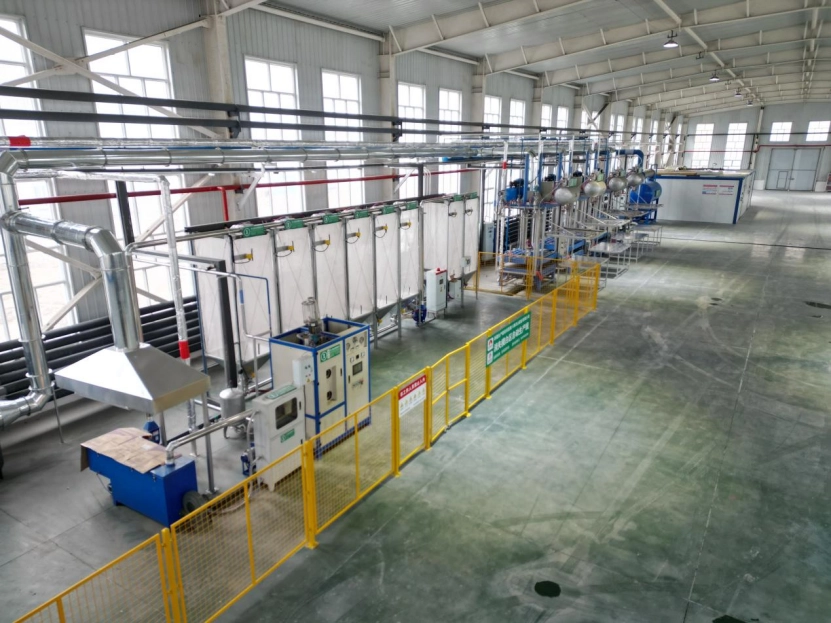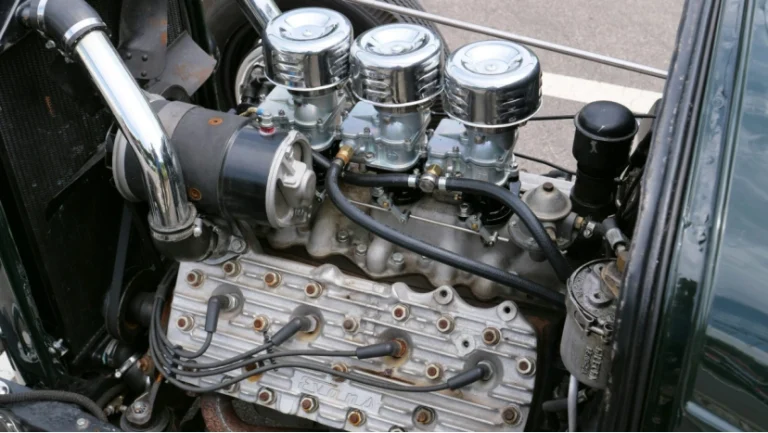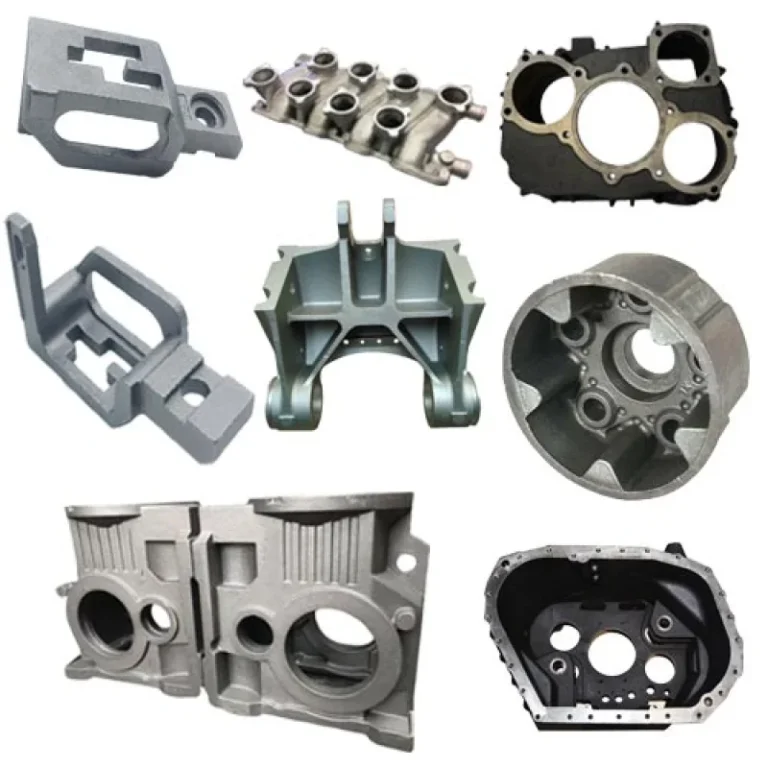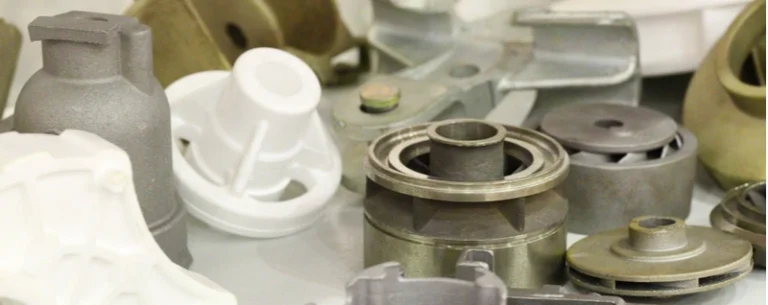What Is Lost Foam Aluminum Casting?
Core Principles of the Lost Foam Process
Lost foam aluminum casting is a special way to make detailed metal parts. It uses foam shapes to form the pieces. The foam is placed in a mold. Then, hot aluminum is poured in. The foam disappears as the metal takes its place. This leaves a solid metal part. Unlike sand casting, which uses a reusable sand mold, or lost wax casting, which uses wax, lost foam casting aluminum destroys the foam each time. This allows for complex shapes with little extra work afterward.
Why Aluminum Dominates Lost Foam Applications
Aluminum is the top choice for lost foam casting. It is light, sturdy, and resists rust. Its low melting point works well with the foam process. When using the aluminum casting lost foam method, aluminum’s traits ensure clean, accurate results. The foam stays intact until the right moment. Aluminum lost foam castings are widely used in cars, planes, and electronics. These fields value both performance and precision.

Step-by-Step Lost Foam Aluminum Casting Process
Stage 1: Foam Pattern Design & Tooling
The process starts with making a precise foam shape. Machines often carve high-density foam blocks into exact forms. For tricky designs, multiple foam pieces are glued together. This method allows detailed inner features. No extra cutting is needed after casting.
Stage 2: Coating & Refractory Preparation
Next, the foam shape gets a special coating. A ceramic mixture is applied. This layer stops sand from washing away. It also controls gases when hot metal is poured. Drying is crucial. If cracks form, flaws will appear in the aluminum lost foam castings. Skilled lost foam aluminum casting foundries use drying ovens. They watch humidity closely to prevent issues.
Stage 3: Sand Compaction & Metal Pouring
The coated foam is placed in a container. Loose sand surrounds it. The sand is packed tightly using vibration. This supports the foam structure. During the casting aluminum lost foam process, temperature control is vital. Too much heat can ruin the foam too soon. The right pouring temperature ensures defect-free lost foam casting aluminum alloy components.
Stage 4: Post-Casting Finishing
Once the aluminum cools and hardens, the sand is removed. The casting is taken out. Extra bits, like sprues and runners, are cut off. Often, the part is polished. It may also get heat treatments to improve strength. These finishing steps ensure high-quality lost foam casting of aluminum alloys.
Advanced Techniques for High-Quality Aluminum Castings
Optimizing Foam Decomposition
A key challenge in lost foam aluminum casting is controlling foam burnout. If the foam breaks down too fast or too slow, flaws like folds or holes can form. Vacuum systems help. They remove gases quickly. This keeps the mold stable. Managing heat is a vital skill in professional casting aluminum lost foam work.
Solving Common Defects
Lost foam aluminum casting tips often focus on fixing common issues. Carbon buildup can happen where iron and aluminum meet. This occurs if the foam isn’t prepared right. Sand bits in the casting are another problem. Better ceramic coatings can reduce this. In lost foam casting aluminum, small details greatly impact the final product’s quality.
Software-Driven Process Control
Modern foundries use software like MAGMAlostfoam. It predicts how molten metal will flow and fill the mold. This helps adjust pouring speed and cooling. Some use 3D-printed foam shapes for quick testing. This speeds up new lost foam aluminum casting designs before large-scale production.
Hangzhou Ouchen Technology’s Lost Foam Equipment Solutions
Turnkey Production Line Components
Hangzhou Oouchenテクノロジー provides full turnkey solutions for lost foam aluminum casting foundries. They offer foam molding machines in both horizontal and vertical types, pre-foaming machines, and air dryers, including top-mounted, rear-mounted, indoor, and overhead air dryers. They also provide central vacuum systems, lift-type paint mixers, and maturation silos. these machines use advanced control systems and are essential for high-volume lost foam aluminum casting projects.
Case Study: Xinjiang Tianshan Aluminum Project
The Xinjiang Tianshan Aluminum project is a strong example. Hangzhou Ouchen Technology built a lost foam production line. The line includes foam pattern production and ceramic coating stages. This set a new standard in lost foam aluminum casting foundry operations.

Future Trends in Lost Foam Aluminum Casting
Sustainable Practices
Industries want greener methods. Lost foam aluminum casting is adapting. Recycling sand after each casting saves resources. Using less foam reduces waste. New coatings in the lost foam casting aluminum process create fewer emissions. They also need less energy to dry. This makes the process more eco-friendly.
Hybrid Technologies
Combining lost foam with other casting methods is a growing trend. This creates highly detailed, strong parts for planes. Also, AI-based monitoring spots flaws early. This improves the quality and speed of lost foam casting aluminum alloy components.
FAQs About Lost Foam Aluminum Casting
Is lost foam casting suitable for high-volume production?
Yes, lost foam aluminum casting works well for making many complex parts. Examples include car engine blocks and transmission cases. The process can be automated. This makes it cost-effective for big production runs.
How does lost foam compare to die casting for aluminum?
Lost foam aluminum casting has lower setup costs than die casting. However, it takes longer per cycle. This makes it ideal for medium to large, complex shapes. These would cost too much with die casting.
Can lost foam handle thin-walled aluminum designs?
Yes, it can. Precise foam shapes and controlled pouring temperatures allow thin walls. Strength is not compromised. Many electronics casings use this method.
What alloys work best?
Alloys with high silicon, like A356, are common in lost foam casting. They flow well, shrink less, and have good strength. These traits suit modern aluminum lost foam castings.
Partner with Industry Leaders
For foundries looking to improve, Hangzhou Ouchen Technology is a trusted name. They offer foam-making machines, paint mixers, and storage silos. These handle large-scale needs. それらに連絡してください at +86 15988479417, email zyh@oc-epc.com, or visit https://www.oc-epc.com/ to explore top lost foam aluminum casting equipment solutions.





